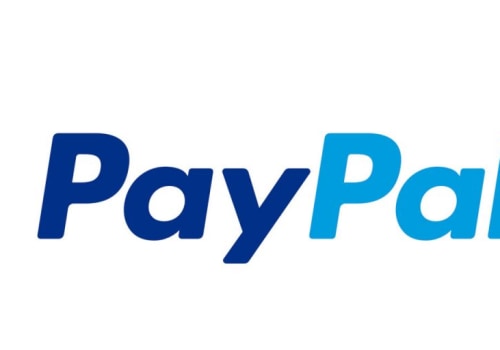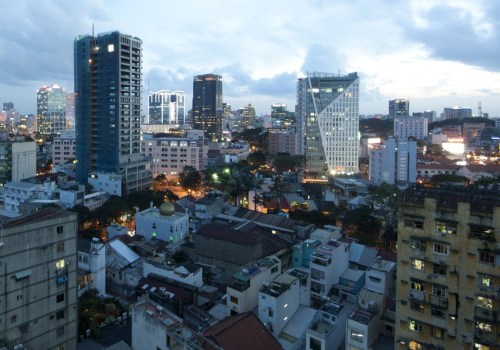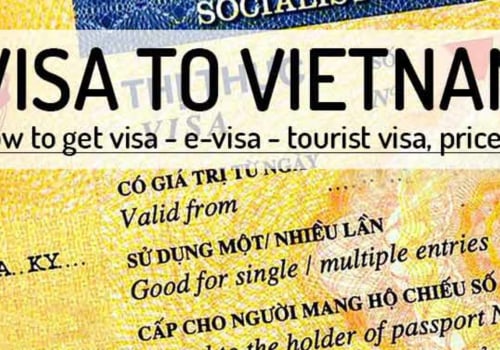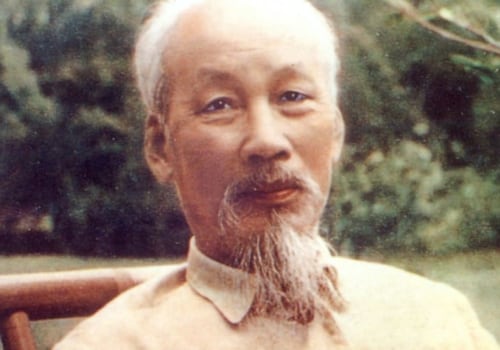Ho Chi Minh City (also called Saigon) is famous for its pho (traditional Vietnamese noodle soup) and pork rolls. Often the best places are shops and stalls that bear the names of family members, such as Aunty or Chi (meaning sister) followed by a number representing their order in the family and, finally, their name. It's been almost 45 years since this city appeared on our television screens every night, but under a different name. Formerly known as Saigon, Ho Chi Minh City was renamed after the late North Vietnamese leader shortly after the end of the Vietnam War, although many people, including Vietnamese, still use the old name.
Fortunately for visitors, most of the main sites of interest are located in a relatively small area (District 1 - Quán) in the city center, making them easily accessible on foot. Here are nine reasons to spend time in Ho Chi Minh City. The palace is located at the southern end of a wide avenue with French-influenced architecture. An earlier palace on the site was home to French administrators, later renamed the Palace of Independence after France left.
It became the home and offices of the presidents of South Vietnam. The current palace was built between 1962 and 1966 to replace the old one that had been severely damaged by Viet Cong shelling. After the end of the war, it was officially renamed the Reunification Palace, but both names are still in common use. A short walk north of the Reunification Palace is the famous Cathedral Basilica of Our Lady of the Immaculate Conception, better known as the Cathedral Basilica of Notre-Dame de Saigon.
Built between 1863 and 1880, when Vietnam was colonized by the French, this cathedral stands out for the iconic statue of Mary on its east side. Right next to the cathedral is another well-known Saigon attraction, the Saigon Central Post Office, built just 6 years after the cathedral. Other area attractions include the Ho Chi Minh City Museum, located in Gia Long Palace, east of Independence Palace. This was the house of the presidents when the Palace of Independence was being rebuilt.
Museum of Ho Chi Minh City (Gia Long Palace) Also in District 1 is the famous Ben Thanh Market, formally established in 1859, but on the site of informal markets dating back another hundred years. The current building dates back to 1912, but it has been restored. Guests at the restaurant Quán Ngon 138 Bespoke itinerary & prompt response within 24 hours. The cathedral is designed in neo-Romanesque style and here you can see the towers, which rise to a height of 40 meters and are topped with impressive iron spires.
The Mekong Delta is made up of 39,000 square kilometers of waterways and is also one of the most densely populated parts of Vietnam. The market was built in the 1880s during the colonial period and here you can take a walk and try the food stalls. The temple dates back to 1902 and is covered with ritual brass ornaments as well as antique weapons. The temple is located near Lake Dam Sen and was founded in the 18th century.
On April 30, 1975, North Vietnamese troops captured Saigon, and the city was renamed Ho Chi Minh City.
Ho Chi Minh City
used to be known as Saigon, although this officially changed after Ho Chi Minh unified Vietnam after the Vietnam War. A post office may not sound very exciting, but the one in Ho Chi Minh City was designed by Gustave Eiffel, famous for the Eiffel Tower. The ghosts of the past live in buildings that a generation ago witnessed a city in crisis, but now the true beauty of Saigon's ancient urban collage is the perfect combination of these two worlds in an exciting mass.On the other side of the wall is a fascinating little room in which ceramic figures of 12 women, full of children and dressed in colors, sit in two rows of six. He was a sailor for more than three years, visiting several African ports and the American cities of Boston and New York. After his years of militant activity in France, where he met most of the leaders of the French working class, Ho went to Moscow in late 1923. From cheap meals to tasty vegetarian options and Vietnamese fusion, these are the best places to eat in Ho Chi Minh City. The Giac Vien Pagoda is not the best-known temple in Ho Chi Minh City, but it hasn't been restored like many others in the city have been, meaning it retains much of its traditional charm.
Set in a colonial-style mansion, the Museo de Bellas Artes is a great place for any art lover. The ground floor of the museum is dedicated to a collection of posters and photographs showing support for the anti-war movement internationally. Son of a poor rural scholar, Nguyen Sinh Huy, Ho Chi Minh grew up in the village of Kim Lien. Meeting in Hong Kong in May 1929, the members of Thanh Nien decided to form the Indo-Chinese Communist Party (PCI).
He soon began recruiting members of a Vietnamese nationalist movement that would form the basis of the Indo-Chinese Communist Party (founded in Hong Kong in 1930) and traveled the world, including Brussels, Paris and Siam (now Thailand), where he worked as a representative of the International Communist organization. Banh mi is made of crispy baguette that is then cut with pate and then topped with chilies and cilantro. Many of the atrocities documented here are already well publicized, but it's rare to visit a museum like this one, where victims of US military action have the space to tell their side of the story. .
.




